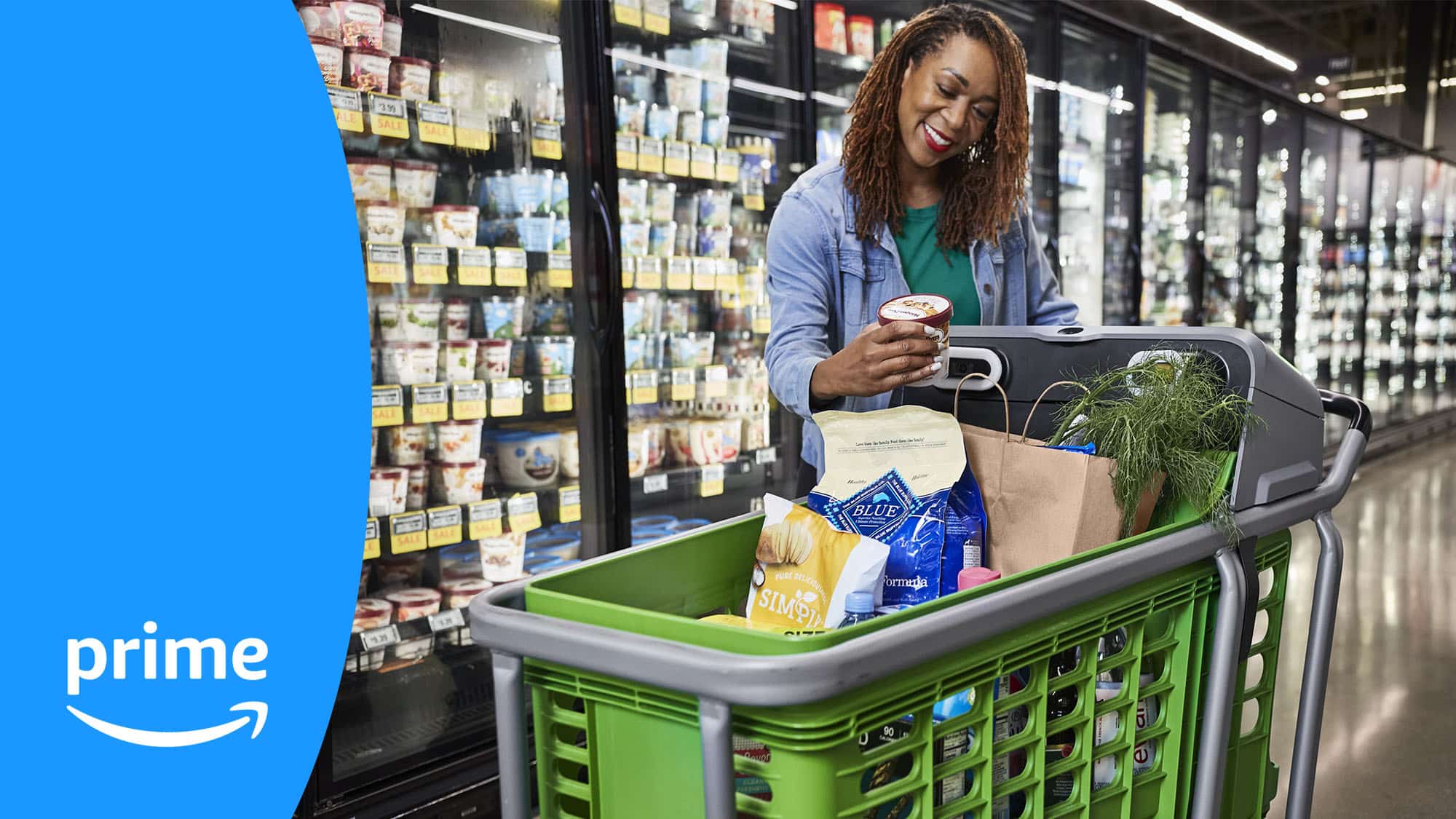How to Sell Food & Groceries on Amazon
Groceries may be one of the biggest opportunities on Amazon.
Amazon announced in the summer of 2025 they are making a huge splash in the groceries category, announcing that same day delivery for fresh groceries was going to be expanded to thousands of cities.
If you’re willing to tackle the extra hoops, this niche delivers repeat purchases from loyal customers—and that’s where the real opportunity lies.
Let’s break it down:
- How to get approved (ungated) to sell groceries
- Category-specific seller and product rules
- How to sell fresh groceries on Amazon
- Smart strategies to source and sell—retail arbitrage, wholesale, or private label
Selling Groceries: Fresh vs Non-Fresh

The most important factor when it comes to selling food on Amazon is whether it is perishable (fresh) or not.
Selling non-perishable food items like protein bars and peanut butter is relatively straight forwarder. You just need to get ungated in the category, which is easy and we'll tell you how to do below.
Selling perishable items, like bananas and frozen fish, is a whole different beast. But don't worry, we'll tell you how to do that too.
Getting Ungated to Sell Groceries on Amazon
Most accounts—especially new ones—start restricted in the Grocery & Gourmet Foods category. Here’s how to get access:
1. Check for Automatic Approval
Copy a grocery ASIN, go to “Add a product” in Seller Central, paste it, and click “Apply to sell.” If your account has solid metrics, Amazon may auto-approve you. Probably not though.
2. If Not Auto-Approved, Get Ungated
This means submitting supporting documents. Amazon needs proof you’re sourcing your products legitimately—reseller or manufacturer invoices, product photos, etc.
Getting ungated in one product can often unlock the entire grocery category, but certain brands (e.g., Starbucks, Dunkin’) require brand-specific ungating.
Always ship orders to your account address (not pickup/delivery) so invoices match.
Tips for a smooth approval:
- Select “reseller/distributor” rather than manufacturer—it’s typically easier unless you’re a private-label brand.
- Submit at least one invoice (within 180 days), matching your seller account details, covering ≥10 units from a distributor or manufacturer.
- Head off issues: capture clear photos of the packaging and invoice, highlight key info like your seller name, and even note the ASIN on the invoice to help Amazon’s reviewer.
If the first submission doesn’t go through, don’t sweat it. Close the case and re-submit—it often takes a second reviewer to get approved.
Seller and Product Requirements for Grocery
With food items, Amazon applies tighter rules than most categories. You need to hit both seller-performance standards and strict food safety requirements.
Product Compliance Musts
- Products must be new, properly packaged, sealed, and labeled
- Must be licensed or approved by relevant government agencies
- Include permanent expiration dates on every unit (unless exempt)
- Ensure sufficient shelf life at FBA entry—Amazon requires usable shelf life plus 90 days buffer
- Follow meltable item rules (like chocolate)—only accepted by FBA Oct 16–Apr 14; other periods require FBM or will be disposed of
- Frozen or refrigerated foods must go via FBM and satisfy stricter cold-chain compliance—including FDA permits
How to Sell Fresh Groceries on Amazon
Selling fresh groceries on Amazon is a whole different beast than selling shelf-ready groceries.
However, with that complexity comes opportunity.
The major hurdle you will face for trying to sell fresh groceries is that you will need to ship them FBM. You cannot use FBA.
For frozen goods, you will also need to validate the chill chain. That is, to ensure your goods remain chilled at all legs of the journey. Amazon (and regulators) may ask to see validation at any points.
There's one other alternative – get your products sold into Whole Foods, which is an even more complex process (and beyond the scope of this article).
Effective Ways to Sell Grocery Products
Once you’re approved, here are the primary strategies to consider:
1. Retail Arbitrage
Scan clearance grocery items—think seasonal candies or items scarce in certain regions. Use the Amazon Seller app to confirm profitability. It's fast-moving, regionally marketable inventory that can generate quick returns.
2. Wholesale
Work with authorized suppliers to resell name-brand groceries. Shared listings with multiple sellers often signal potential. You can set up wholesale accounts with brands directly—just vet them carefully and request samples if needed.
3. Private Label
Creating your own grocery brand can be rewarding but comes with more regulatory work. Make sure your product meets all labeling, packaging, and compliance standards—and clearly list ingredient and nutrition info in your listing.
Listing Best Practices
- Support dietary claims (like “gluten-free,” “organic”) with real certifications visible on packaging and in your listing
- Leverage listing fields like “Specialty,” dietary filters, calories per serving, etc., so your product surfaces when customers filter results
- Use high-quality images—show ingredients list, nutrition facts, and highlight packaging compliance
- Integrate relevant keywords naturally, with a benefit-led title and descriptive bullet points
Final Thoughts
Yes—you can absolutely sell groceries on Amazon in 2024. It's not the easiest category but, with repeat buyers and rising demand, it’s one of the most defendable. Your edge comes from doing the paperwork right, sourcing smart, and keeping standards high.



